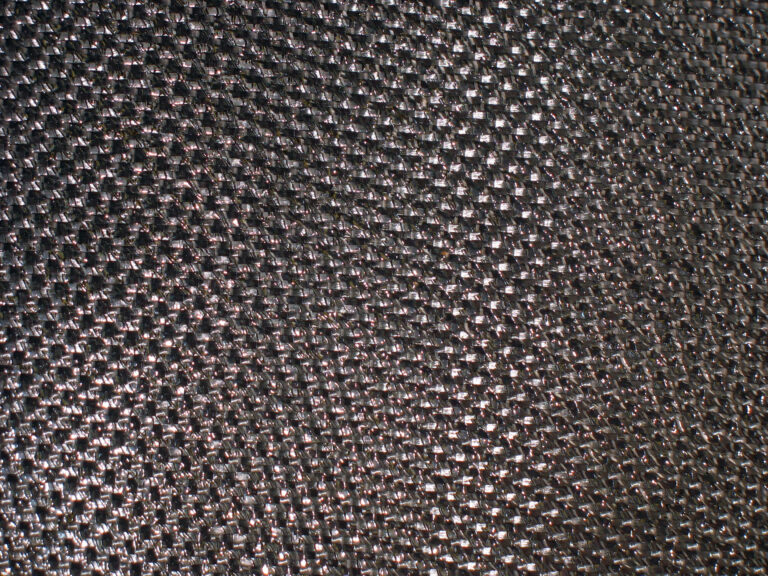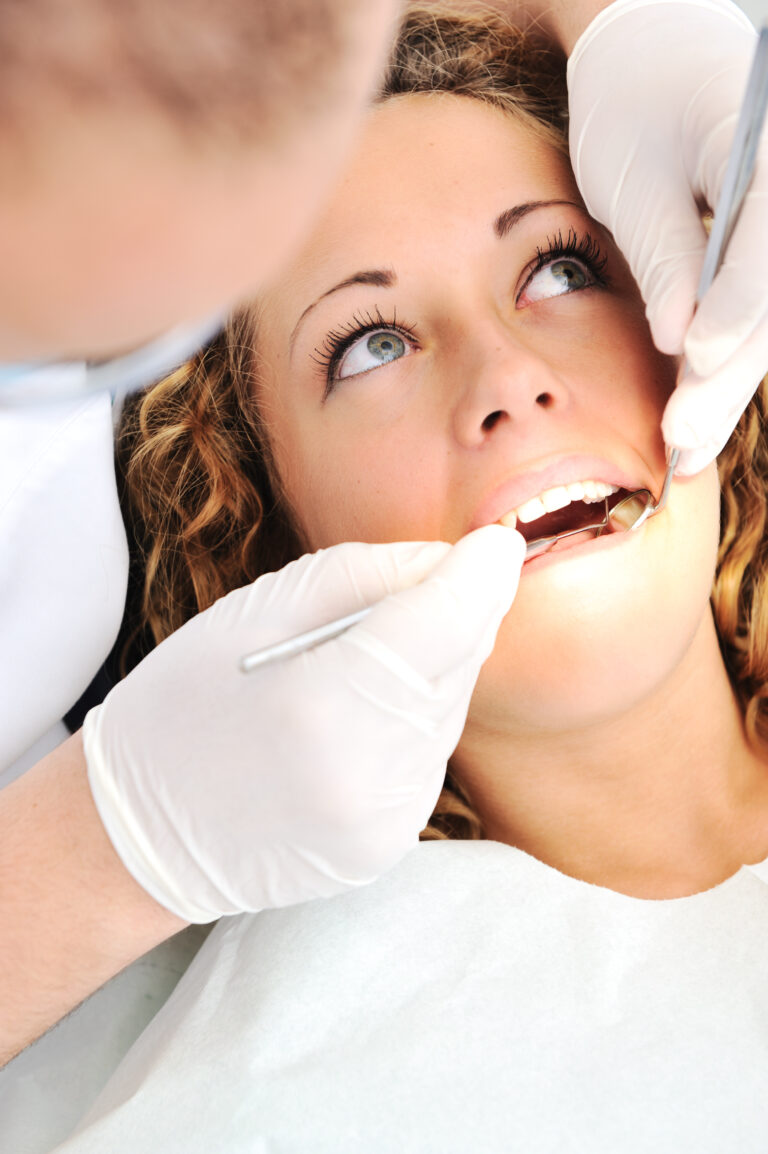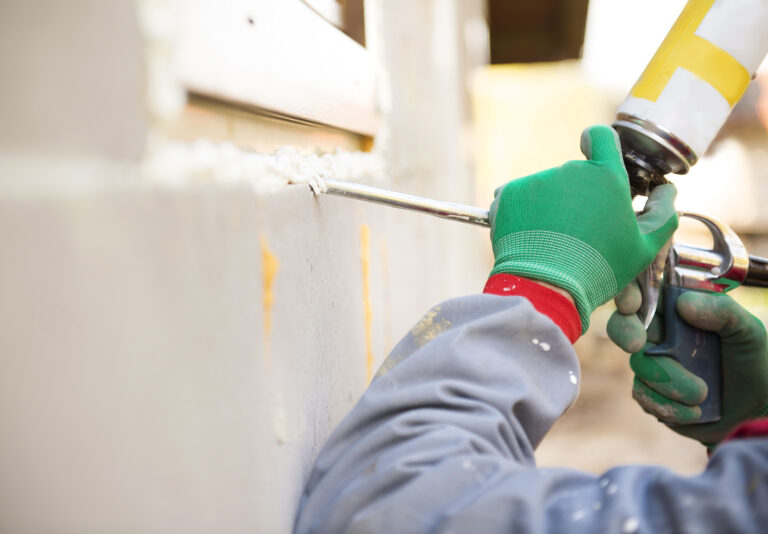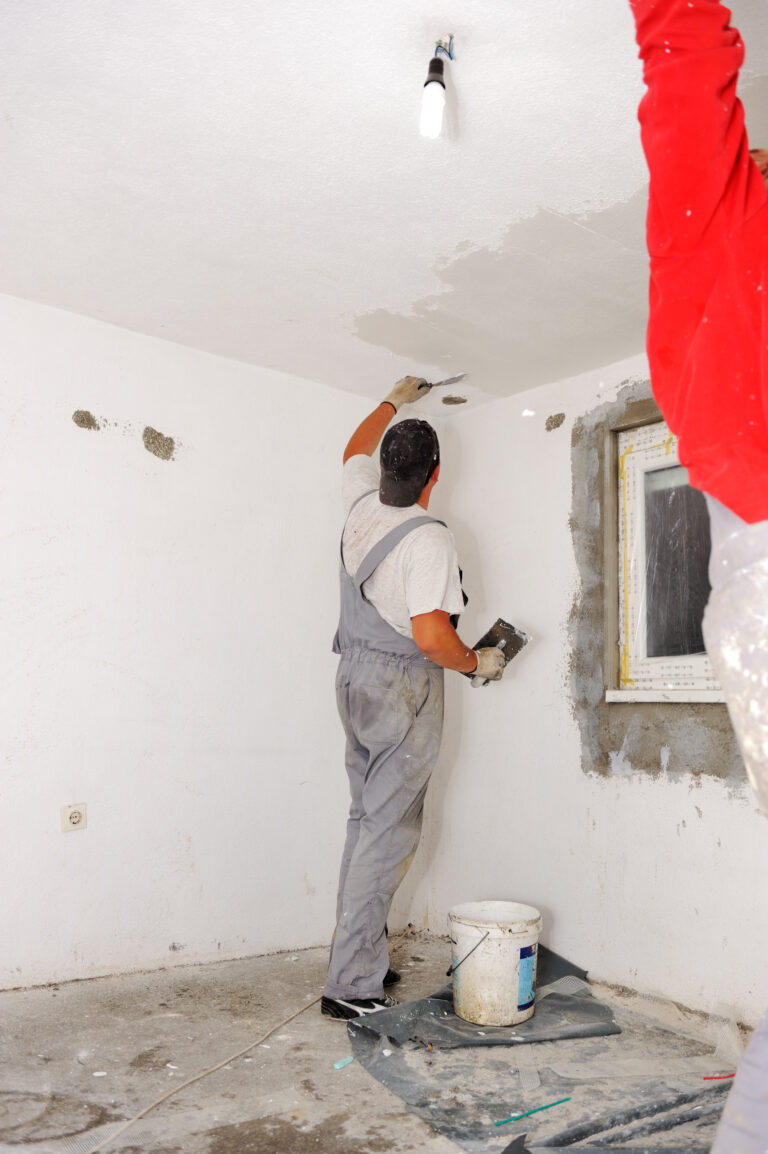The Hidden Dangers of Mold: How It Affects Your Health and What You Can Do About It
Mold is a type of fungus that can be found both indoors and outdoors. While molds are essential for the environment, they can also pose significant health risks to humans when exposed to high levels. In this blog post, we will explore how mold affects your health, the hidden dangers associated with exposure, signs and symptoms of related illnesses, ways to identify and remove mold in your home, preventing its growth, and taking action against it for better health.
Introduction to Mold and Its Health Effects
Mold can grow anywhere there is moisture or humidity, including walls, ceilings, floors, carpets, furniture, and even food. When mold spores are present in large numbers, they can cause allergic reactions, respiratory problems, and other health issues. People who have asthma, allergies, or weakened immune systems are more susceptible to these effects. Additionally, some types of mold produce mycotoxins, which can cause serious health problems if ingested or inhaled.
The Hidden Dangers of Mold Exposure
While visible mold growth may indicate a problem, not all mold is easy to detect. Some species of mold can thrive behind walls, under floorboards, or inside air ducts, making them difficult to locate without proper inspection. Even worse, mold can release spores into the air, contaminating other areas of your home or office. Prolonged exposure to mold can lead to chronic fatigue syndrome, fibromyalgia, memory loss, depression, anxiety, and many other health issues.
Signs and Symptoms of Mold-Related Illnesses
Symptoms of mold-related illnesses vary depending on the individual’s sensitivity and the amount of exposure. Common signs include respiratory problems such as coughing, sneezing, runny nose, wheezing, shortness of breath, and chest tightness. Other symptoms may include headaches, nausea, vomiting, diarrhea, skin rashes, eye irritation, and sinus congestion. If you experience any of these symptoms after being exposed to mold, seek medical attention immediately.
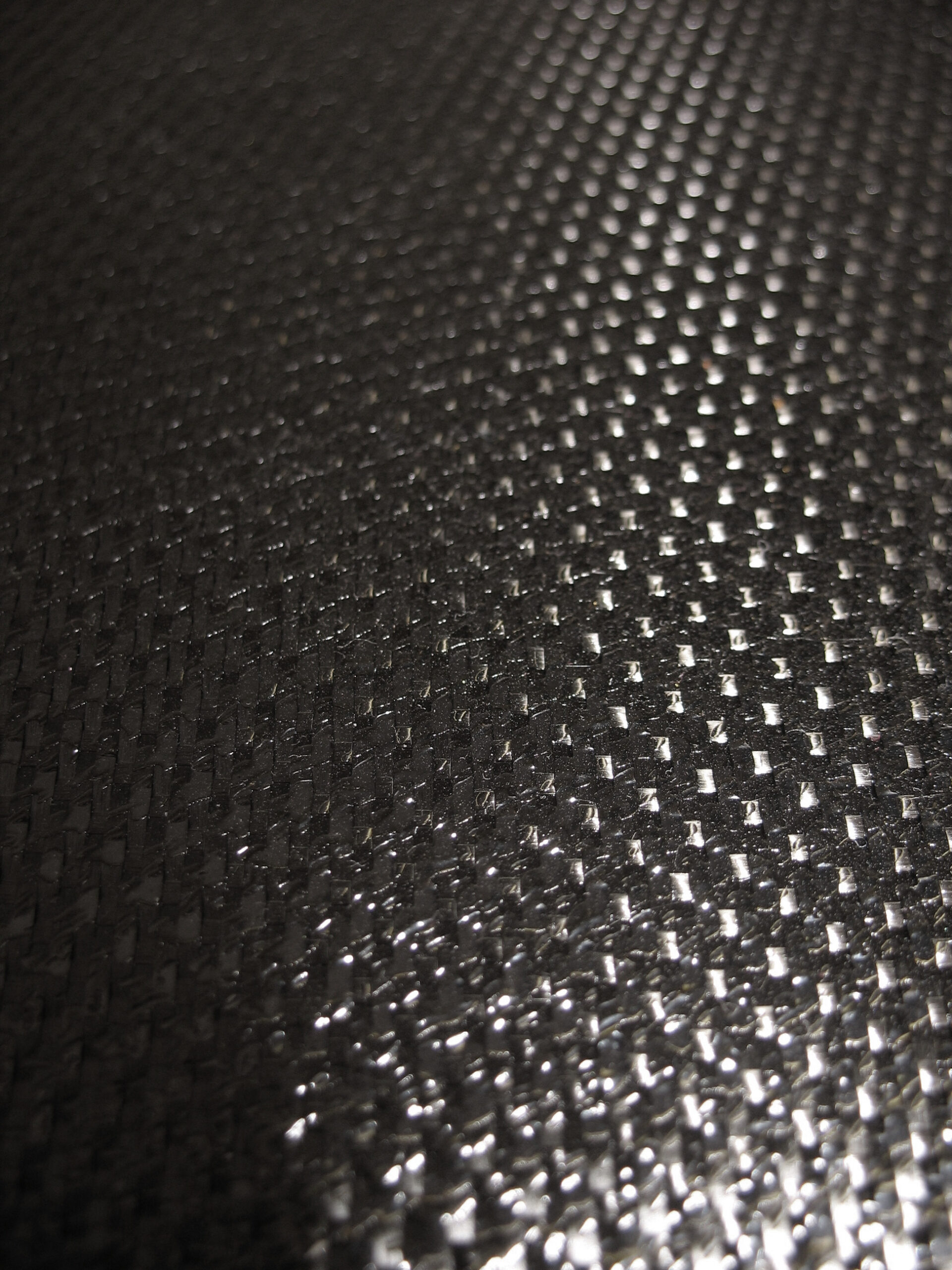
How to Identify and Remove Mold in Your Home
If you suspect mold growth in your home, start by conducting a visual inspection. Look for discolorations or stains on walls, ceilings, and floors, especially near sources of water or moisture. Musty odors can also indicate mold presence. Once identified, you should take steps to remove the mold promptly. Wear protective gear such as gloves, masks, and safety glasses before cleaning up moldy surfaces using a mixture of bleach and water. For larger infestations, consider hiring a professional mold remediation company.
Preventing Mold Growth in Your Living Space
To prevent future mold growth, address any underlying causes of excess moisture or humidity. Fix leaky pipes, repair roof leaks, improve ventilation, reduce indoor humidity, and use exhaust fans during showers and cooking. Also, keep your house clean by regularly wiping down surfaces with a disinfectant solution and washing bedding and clothing frequently. Finally, schedule regular inspections to check for potential mold problems before they become major issues.
Conclusion: Taking Action Against Mold for Better Health
Exposure to mold can have severe consequences for your health, so it’s crucial to take proactive measures to minimize your risk. By identifying and removing mold from your living space, improving ventilation and reducing moisture, and seeking medical help if necessary, you can safeguard yourself and your family against the hidden dangers of mold.

